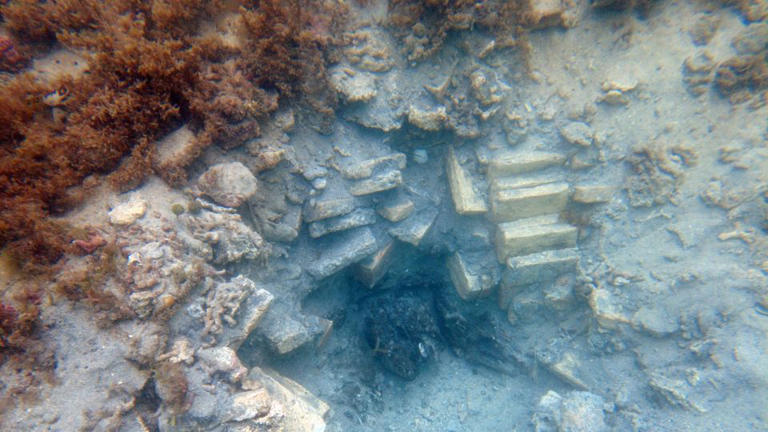Two shipwrecks off the coast of Costa Rica’s Cahuita National Park have been identified as the remains of Danish slave ships from the 18th century. This groundbreaking discovery not only reshapes maritime history but also connects the Afro-Costa Rican community to their roots, offering a fresh perspective on the region’s colonial past.
Costa Rica Shipwrecks Confirmed as Danish Slave Ships
For decades, the shipwrecks discovered off the southern coast of Costa Rica were believed to be pirate vessels. However, in 2015, American maritime archaeologists discovered yellow bricks at one of the wrecks, leading experts to reassess their origins. The bricks, which were typical of 18th-century Danish production, provided crucial evidence linking the wrecks to Danish slave ships.
2023 Excavations Reveal the Truth: Danish Slave Ships
In 2023, maritime archaeologists from the National Museum of Denmark and the Danish Viking Ship Museum conducted a series of underwater excavations in Costa Rica. The findings, including wood samples, yellow bricks, and clay pipes, confirmed that the wrecks were indeed Danish slave ships. According to David Gregory, a maritime archaeologist at the National Museum of Denmark, “These findings are irrefutable. We can now confidently say that these wrecks belonged to two Danish slave ships.”
A Dramatic Chapter in History: The Rebellion and Shipwreck in Cahuita
The ships, which were transporting enslaved Africans from West Africa, were caught in a dense fog and veered off course, ultimately reaching the coast of Cahuita in 1710. Once there, a rebellion broke out among the enslaved Africans and the crew, leading to the shipwrecks. This tragic yet significant event is now tied to the region’s history, providing a deeper understanding of the Afro-Costa Rican community’s origins.
Afro-Costa Rican Legacy: Connecting the Past with the Present
The discovery of these Danish slave ships holds profound significance for the Afro-Costa Rican community. Historical records indicate that approximately 600 enslaved Africans who survived the wrecks settled along the Cahuita coast. This discovery links their ancestors directly to the region’s history. Celia Ortíz, a descendant of one of the enslaved individuals, shared, “This discovery has shed new light on my 103-year-old mother’s life,” underscoring the deep emotional connection felt by local families.

Preserving Costa Rica’s Maritime Heritage: Education and Sustainable Tourism
This discovery opens up new avenues for education and cultural preservation. Costa Rica’s National System of Conservation Areas (SINAC) plans to incorporate these findings into educational programs to raise awareness of the region’s colonial history and the transatlantic slave trade. Additionally, sustainable tourism initiatives will be developed to protect the wrecks while allowing the public to learn about this crucial part of Costa Rica’s history.
Conclusion: Unveiling a Hidden Chapter of Costa Rican History
This remarkable discovery not only uncovers a significant chapter in Costa Rica’s maritime history but also highlights the importance of preserving cultural heritage. The wrecks of these Danish slave ships offer valuable insights into the region’s colonial past and the experiences of enslaved Africans who shaped the community. Future research and excavations will continue to enrich our understanding of Costa Rica’s cultural and historical landscape.
Study Reveals a Hidden Chapter of Costa Rican History
This extraordinary discovery not only reveals an important chapter in Costa Rica’s maritime history, but also highlights the importance of preserving cultural heritage. The wrecks of these Danish slave ships provide valuable insights into the region’s colonial past and the experiences of enslaved Africans that shaped society. Future research and excavations will continue to enrich our understanding of Costa Rica’s cultural and historical landscape.
Cover Image Credit: John Fhær Engedal Nissen, The National Museum of Denmark.





